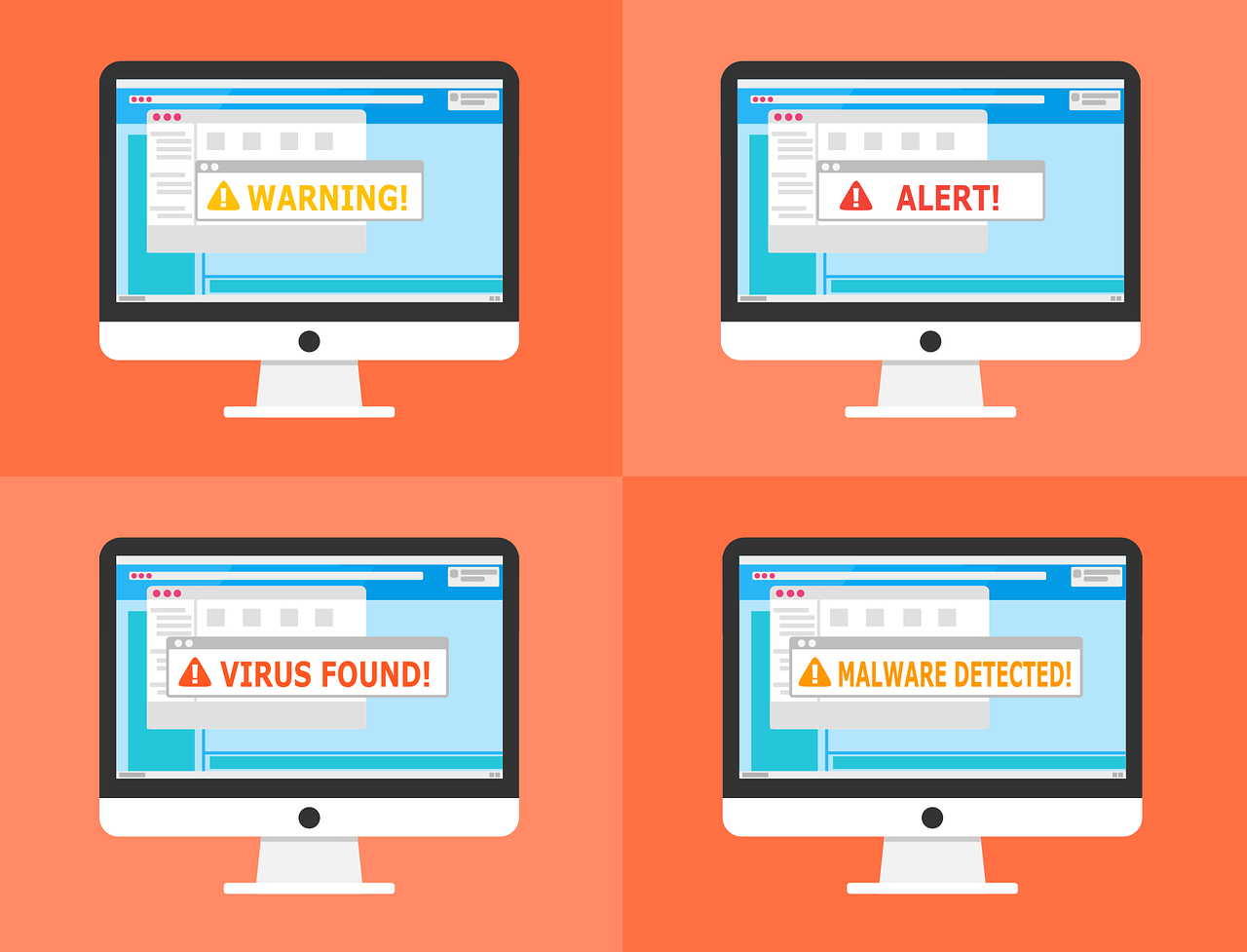
September 30th, 2023
In an age where email communication plays an essential role in both personal and professional spheres, the security of your inbox is of paramount importance. One of the lesser-known but potent threats lurking in the email landscape is mail display name spoofing. This deceptive tactic is used by cybercriminals to manipulate the sender's name, leading recipients to believe they're receiving a legitimate message. In this article, we'll delve into the world of mail display name spoofing, how it works, and most importantly, how to protect yourself against it.
What is Mail Display Name Spoofing?
Mail display name spoofing is a type of email impersonation where cybercriminals manipulate the sender's display name to make an email appear to come from a trusted source. This trickery often leads recipients into opening the email, clicking on malicious links, or revealing sensitive information.
How Does Mail Display Name Spoofing Work?
Mail display name spoofing is relatively straightforward for cybercriminals to execute. Here's a step-by-step breakdown of how it works:
-
Selecting the Target: Cybercriminals identify a target, often an organization or individual whose reputation or trustworthiness they can exploit.
-
Creating a Spoofed Email: The attacker crafts an email message that appears convincing. They may use logos, formatting, and language that mimic the organization or individual they're impersonating.
-
Manipulating the Display Name: Instead of changing the email address, which can be easily detected, the attacker changes the sender's display name to match that of the trusted source. For example, they might change "John Doe " to "John Doe ."
-
Sending the Email: The cybercriminal sends the email to the target, who sees only the spoofed display name and not the actual email address.
-
Deceptive Subject Line: To further enhance the illusion, the attacker may use a subject line that instills urgency or curiosity, encouraging the recipient to open the email.
Why Is Mail Display Name Spoofing Effective?
Mail display name spoofing is highly effective for several reasons:
-
Appearance of Legitimacy: Recipients often trust emails that appear to come from familiar names or organizations, making them more likely to engage with the message.
-
Minimal Technical Skill Required: Spoofing a display name is relatively easy, even for less technically skilled attackers.
-
Lack of Awareness: Many email users are unaware of this technique and may not scrutinize the sender's details closely.
Protecting Yourself Against Mail Display Name Spoofing
Now that you understand the threat of mail display name spoofing, it's crucial to know how to protect yourself against it:
-
Verify Email Addresses: Always check the sender's full email address, not just the display name. If something seems off, don't open the email.
-
Be Cautious of Urgent Messages: Be skeptical of emails that demand immediate action or contain urgent requests. Cybercriminals often use urgency to pressure recipients into making hasty decisions.
-
Hover Over Links: Before clicking on any links within an email, hover your cursor over them to see the actual URL. If it looks suspicious, don't click it.
-
Use Email Authentication Protocols: Organizations can implement email authentication protocols like SPF (Sender Policy Framework) and DKIM (DomainKeys Identified Mail) to help prevent spoofing.
-
Enable Multi-Factor Authentication (MFA): Enabling MFA adds an extra layer of security to your email account, making it more challenging for attackers to gain access.
-
Educate Yourself and Others: Stay informed about email security threats and educate your colleagues and friends about the risks of mail display name spoofing.
Conclusion
Mail display name spoofing is a deceptive technique that can trick even the most vigilant email users. By understanding how it works and following best practices for email security, you can protect yourself and your organization from falling victim to this increasingly common form of cybercrime. Vigilance, verification, and education are your best defenses against email impersonation and spoofing. Stay safe, stay vigilant, and keep your inbox secure.
Secure your email communications with Sectorlink Email Hosting today! Explore our reliable and affordable solutions and fortify your email security now.
